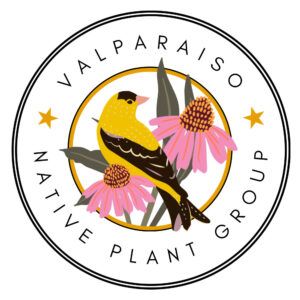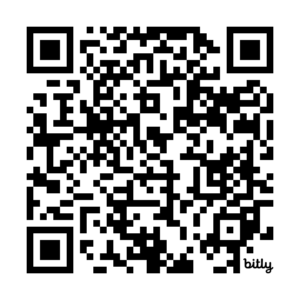
ABOUT US
Our group formed in late summer 2024 to explore how we could deepen our impact to advocate for native plants by working together. We are not (yet) affiliated officially with any larger group, however, many of our members are also members of other groups such as Indiana Native Plant Society, Wild Ones, Indiana Master Naturalists, Porter County Master Gardener Association, etc.
 If you want to know more, or to receive an invitation to one of our upcoming planning meetings or events, please email us. Meanwhile, please bookmark and/or share our page with others who might be interested. Here’s a shortened link and a QR code to make it easier: https://bit.ly/valponativeplantgroup
If you want to know more, or to receive an invitation to one of our upcoming planning meetings or events, please email us. Meanwhile, please bookmark and/or share our page with others who might be interested. Here’s a shortened link and a QR code to make it easier: https://bit.ly/valponativeplantgroup
HELP US CERTIFY VALPARAISO AS A COMMUNITY WILDLIFE HABITAT
Follow our progress at this link: https://communitywildlifehabitat.nwf.org/Community?communityId=484
Certify your own yard: http://nwf.com/certify
WHY PLANT NATIVE?
Native plants are those that occur naturally in a region in which they evolved. They are the ecological basis upon which life depends, including birds and people. Without them and the insects that co-evolved with them, local birds cannot survive. For example, research by the entomologist Doug Tallamy has shown that native oak trees support over 500 species of caterpillars whereas ginkgos, a commonly planted landscape tree from Asia, host only 5 species of caterpillars. When it takes over 6,000 caterpillars to raise one brood of chickadees, that is a significant difference. Unfortunately, most of the landscaping plants available in nurseries are alien species from other countries. These exotic plants not only sever the food web, but many have become invasive pests, outcompeting native species and degrading habitat in remaining natural areas. Landscaping choices have meaningful effects on the populations of birds and the insects they need to survive. The bottom line is this—homeowners, landscapers, and local policy makers can benefit birds and other wildlife by simply selecting native plants when making their landscaping decisions. -from Audubon.org
“What if each American landowner made it a goal to convert half of his or her lawn to productive native plant communities? Even moderate success could collectively restore some semblance of ecosystem function to more than twenty million acres of what is now ecological wasteland. How big is twenty million acres? It’s bigger than the combined areas of the Everglades, Yellowstone, Yosemite, Grand Teton, Canyonlands, Mount Rainier, North Cascades, Badlands, Olympic, Sequoia, Grand Canyon, Denali, and the Great Smoky Mountains National Parks. If we restore the ecosystem function of these twenty million acres, we can create this country’s largest park system. It gives me the shivers just to write about it. Because so much of this park will be created at our homes, I suggest we call it Homegrown National Park.” -Douglas W. Tallamy (Author of Nature’s Best Hope)
Using the filters for soil, sun, etc. you can
FIND INDIANA NATIVE SPECIES at:
https://finder.indiananativeplants.org
WHERE TO SHOP?: